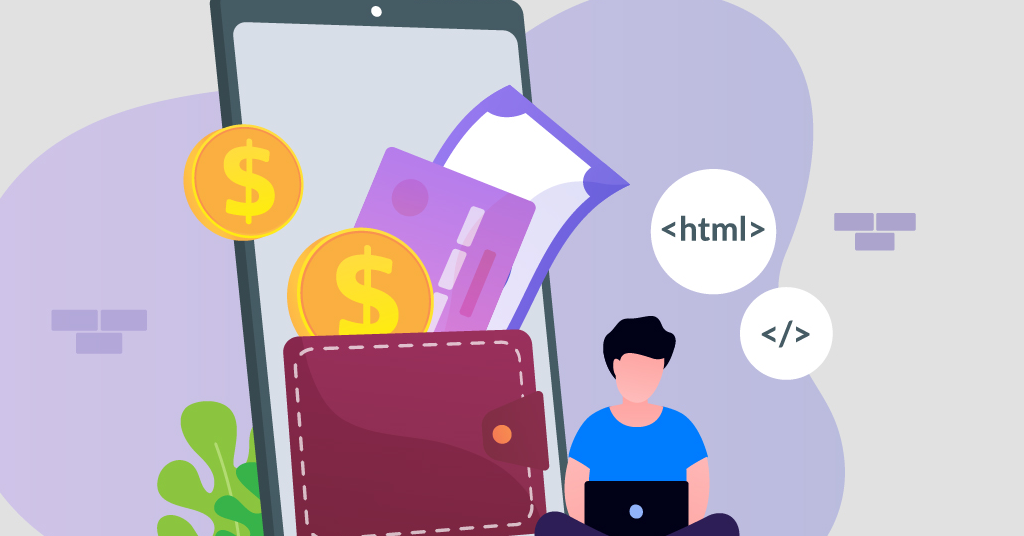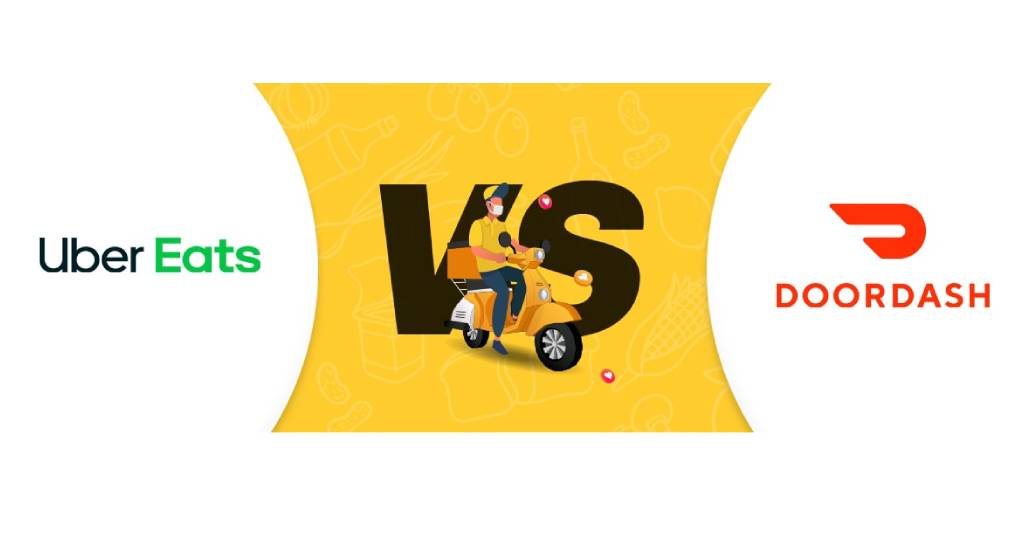
Crucial Features of E wallet App Development With It’s Cost in 2022
Let’s begin with the basic concepts of the Ewallet app development. But first, you should understand what an Ewallet app is, why it is necessary, what are the digital trends in 2022, and how a banking app can help a business grow.
An Ewallet App allows customers to import banking services through their mobile phones, and it removes the inconvenience of visiting a bank branch physically. Customers can utilize the benefits of transferring money, paying bills, changing personal details through an Ewallet app, and using many other banking services.
2022 DIGITAL TRENDS IN EWALLET
Digital Trends play a very vital role in banking services. Retail banks now have a chance to convert customers to the advantages of online banking, but for doing that they require a practical approach and innovativeness that consists of hybrid solutions – particularly for complex bank services, like mortgages and investments.
Deloitte also found that one of every five individuals has used an online banking service for the first time during the pandemic. Only 6% of the people had never used a digital banking app. Most first-time users accepted that they’d continue using at least one digital banking service in the post-Covid-19 era.
Ewallet app development services have always been a core part of retail banking, but the covid-19 pandemic nourished technology adoption in the banking industry more. Banks should concentrate on Ewallet app development costs and technological implementation for increasing the customer base.
EWALLET APP DEVELOPMENT COST
Ewallet App Development Cost is the most crucial factor in banking and strategizing the next phase of technology adoption. The Cost of developing an Ewallet app depends on various factors like technology, services, features, and the required time of Ewallet app developers. Still, to give you a rough idea of the cost of developing an Ewallet app, the total development time for a fully-featured app sums to 3780 hours. Considering the average software development hourly rate for Ewallet projects of $25, the cost of developing a feature-loaded Ewallet app stands around $80,000.
After all these points, one more question comes to mind: Which platform is best for Ewallet app development? Is it Android or iOS? In terms of cost, I found that the Android platform is more affordable than an iOS platform in most instances. The Ewallet app development cost for iOS is considerably high. Because of that high cost, many banking institutions choose to build cross-platform hybrid apps for iOS and Android instead of separate native apps. Now let’s discuss the factors that affect the Ewallet app development cost:
1. OPERATING SYSTEM
This is the essential step for you to know which operating system most customers use. Because if you try to develop an app for both platforms simultaneously, it will result in high cost. So, try to configure which operating system is most common among your customers and develop that more than another one.
2. PROMINENT APPLICATION FEATURES
It’s ubiquitous that the more features you add to your app, the costlier it becomes. Because the implementation of some advanced features requires extra developing hours, you should choose the features according to the trend and the user's desires.
3. INTEGRATION
After selecting an operating system and the necessary features, back-end development must set up a development environment and integrate your app with several third-party APIs like Google Maps API to realize the features. Integration takes extra development time, so it increases the cost also.
These are the important aspects that you should consider in the Ewallet app development process for less cost and better-desired output. If you want to ensure maximum security and the best implementation of features, it is recommended to partner with an Ewallet app development company. Outsourcing the development process to Ewallet app developers will reduce the cost of your Ewallet app development significantly.
ESSENTIAL FEATURES FOR EWALLET APPS
Developing an Ewallet app without any valuable features is of no use nowadays, because of the high market competition. So, having authenticated and innovative features can grow your business to the next level.
Adding features doesn’t mean using every feature, which is not even relevant to your app. Many IT professionals will tell you about dozens of features that your mobile app should have. Even though you don’t need them, they can convince you to have all features and pay a premium for development.
To help you through this, I have to reveal one more thing. You will be astonished to know that every mobile banking app needs three core features.
Account Management
Fast Monetary Transactions
Quick Access to Customer Service
1. ACCOUNT MANAGEMENT
Account management is a principal feature that consists of many small characteristics affiliated with the customer’s bank management. Account management also has some sub-features in it.
Manage Account Information
Manage cards
Check account balance and recent transactions
2. FAST MONETARY TRANSACTIONS
Modern banking customers are tech-savvy and want their Ewallet app blessed with advanced features that allow them to make instant payments with high availability. Listing some quick payment methods:
QR Code-based payments
NFC payments
UPI payments, and many more
To access mobile payments perk in an Ewallet app is the common expectation for every mobile banking user, and to provide this facility, Ewallet app developers need to integrate the payment functionality via several payment options like QR codes and UPI.
3. QUICK ACCESS TO CUSTOMER SERVICES
This feature is the most crucial because when the banking services are available 24*7, the support also needs to be available 24*7.
It is a spendthrift for banks to hire customer service at a considerable time. So, here is one best solution for this issue of customer service is known as Chatbot.
But Chatbot would require a separate development process. The developers will create a banking chatbot using AI & ML technologies. A chatbot can serve you the benefit of 24*7 customer service and save you a lot of time and money.
CONCLUSION
Now you should be able to understand what an Ewallet app is and the cost of Ewallet app development, and the essential factors that influence the price. As I have mentioned above, developing a fully-featured app is not always necessary. You should select features according to the market and customer behavior.




